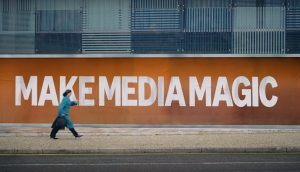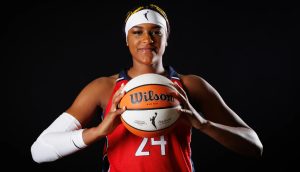Snapchat has launched new ad solutions during Advertising Week 2024. The social network is testing two new in-app ad placements with launch partners like Disney, McDonalds and Taco Bell.
The company said that these ad placements are a natural extension of how people already interact with the app, allowing advertisers to access the Snapchat community through two of the platform’s most popular features.
One of those features is Snap Map, a personalized map that allows users to see where their friends are and have been, what’s happening nearby, and which places are popular based on community visit trends. The feature will now have sponsored locations of interest, which will allow advertisers to reach more customers, increase visibility and engage with users in a local way, according to Snap. It launches with McDonalds and Taco Bell as advertising partners.
Snapchat has also launched sponsored snaps, a display of brand-sponsored messages alongside friends’ chat threads. With that new feature, which begins rolling out with Disney as advertising partner, brands can send a full-screen vertical video directly to Snapchatters’s inboxes. Users can choose to open the Snap and participate by sending a message directly to the advertiser. If they are not seen, they are deleted from the inbox.
Over time, Snapchat said sponsored snaps could grow to enable two-way interactions with AI, simplifying everything from customer service and personalized recommendations to quick transactions with businesses.
The social network is launching the new ad placements after seeing positive results in the second quarter of this year, with revenue growing 16% year-over-year to $1.24 billion. Its daily active users also rose by 9% year-over-year to 432 million.
According to data from the social network, Snapchat reaches 90% of 13- to 24-year-olds and 75% of 13- to 34-year-olds in more than 25 countries, accounting for more than 50% of global advertising spend.
























